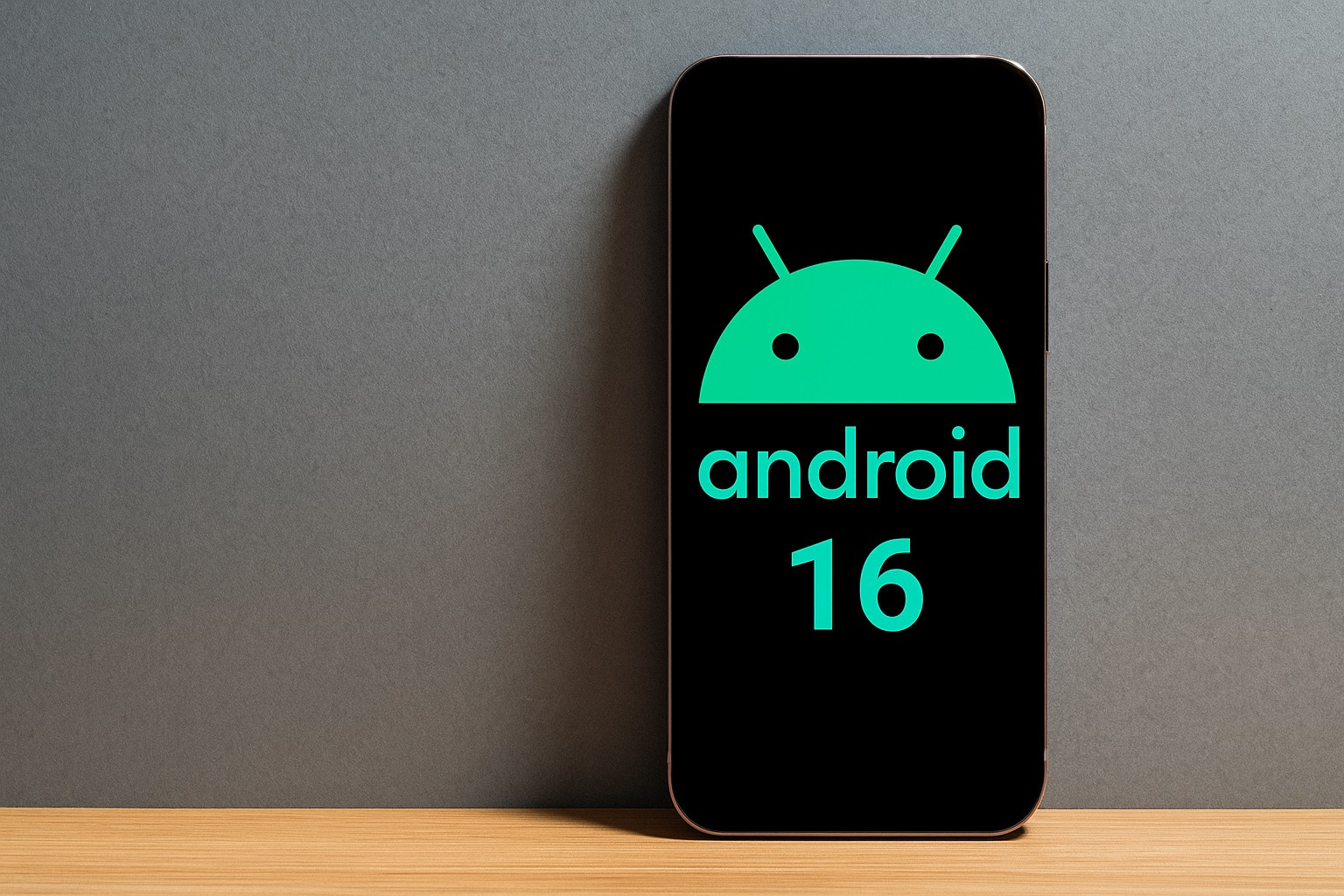- A Google feltöltötte az Android 16 QPR1 forráskódját az Android Open Source Projectbe a
android16-qpr1-releaseágra. [1] - A kiadás nagyjából két hónappal azután érkezett, hogy a QPR1 elkezdett megjelenni a Pixeleken, ami szokatlanul hosszú várakozási idő volt, és frusztrálta a ROM projekteket. [2]
- A kód megerősíti a QPR1 főbb újdonságait, mint például a Material 3 Expressive és a Desktop Mode folyamatos fejlesztését—ez most már teljesen átvizsgálható a fejlesztők számára. [3]
- Az időzítés szorosan követi a 2025. novemberi Pixel Feature Drop-ot, ami magyarázhatja a visszatartási időszakot. [4]
Mi történt ma
A Google közzétette a teljes Android 16 QPR1 forráskódot az AOSP-n. Megtekinthető a hivatalos manifest változás—„Az alapértelmezett verzió frissítése erre: android16-qpr1-release”—a platform/manifest repóban, és a frissített default.xml mostantól erre az ágra mutat az android-latest-release esetében. [5]
A feltöltés egybeesik több androidos sajtóorgánum és fejlesztői közösség jelentésével, miszerint a QPR1 kódja végre nyilvános lett a hetekig tartó szünet után. [6]
Miért fontos ez a kiadás
Átláthatóság & diffelés: A források elérhetőségével a csapatok diffelhetik a frameworks/base, SystemUI, WindowManager és Shell komponenseket, hogy lássák az összes viselkedésbeli változást az Android 16 GA és a QPR1 megjelenése óta. Ez elengedhetetlen a regressziók triázsolásához, az alkalmazáskompatibilitási furcsaságok rendezéséhez és az OEM integrációk validálásához. [7]
Egyedi ROM-ok: A nagyobb projektek, mint a LineageOS, szándékosan visszatartották a QPR1-jelzésű buildjeiket, mert nem volt elérhető minden komponens. A mai feltöltés feloldja ezt az akadályt, és felgyorsíthatja a tesztverziók elkészítését a népszerű eszközökre. [8]
Funkcióellenőrzés: A forrás megerősíti a vizuális átalakítást a Material 3 Expressive alatt, valamint a folyamatos Desktop Mode fejlesztéseket, amelyek végig megjelentek a QPR1 bétákban—most már teljesen auditálhatók. [9]
A késés—mi változott ebben a ciklusban?
Korábban a Google az új Android ágakat néhány napon belül közzétette az AOSP-n egy stabil kiadás után. Az Android 16 QPR1 esetében a kód körülbelül két hónappal azután érkezett meg, hogy a Pixelek megkapták a frissítést—ez kivétel volt, ami miatt a karbantartók várakoztak. [10]
A 2025. novemberi Pixel Feature Drop tegnap jelent meg új AI-alapú funkciókkal; a QPR1 forrás közvetlenül utána vált elérhetővé. Ez a sorrend megalapozott találgatásokat indított el, hogy a Google el akarta kerülni, hogy kiadatlan Feature Drop részletek kerüljenek nyilvános repókba. A Google hivatalosan nem adott technikai magyarázatot, de az időzítés ezt támasztja alá. [11]
Mi található valójában az Android 16 QPR1-ben
- Material 3 Expressive UI: Átfogó vizuális frissítés, amely kiterjed a Gyorsbeállításokra, értesítésekre és a zárolási képernyő elemeire, most már erőforrás- és flag-szinten is áttekinthető. [12]
- Desktop Mode fejlesztések: Robusztusabb többablakos/többkijelzős alapok, amelyeket az OEM-ek és ROM-ok a WindowManager/Shell-ben vizsgálhatnak a szabad formájú ablakok és a tálca viselkedésének finomításához. [13]
- Ökoszisztéma-csiszolás: Rengeteg háttérben végzett javítás, amely jellemző a QPR-okra, nem emeli a nyilvános SDK szintet, de igen érinti a szolgáltatásokat, SELinux szabályokat, Soong szabályokat és APEX verziókat—most már commitonként nyomon követhető. [14]
Hogyan lehet szinkronizálni az Android 16 QPR1-et az AOSP-ből
A Google most azt javasolja, hogy kövesse a(z) android-latest-release ágat, amely a legfrissebb kiadási ágra van állítva—jelenleg ez a(z) android16-qpr1-release. [15]
References
1. android.googlesource.com, 2. www.androidauthority.com, 3. www.androidauthority.com, 4. blog.google, 5. android.googlesource.com, 6. www.androidauthority.com, 7. www.androidauthority.com, 8. www.androidcentral.com, 9. www.theverge.com, 10. www.androidauthority.com, 11. blog.google, 12. www.theverge.com, 13. www.androidauthority.com, 14. www.androidauthority.com, 15. source.android.com
